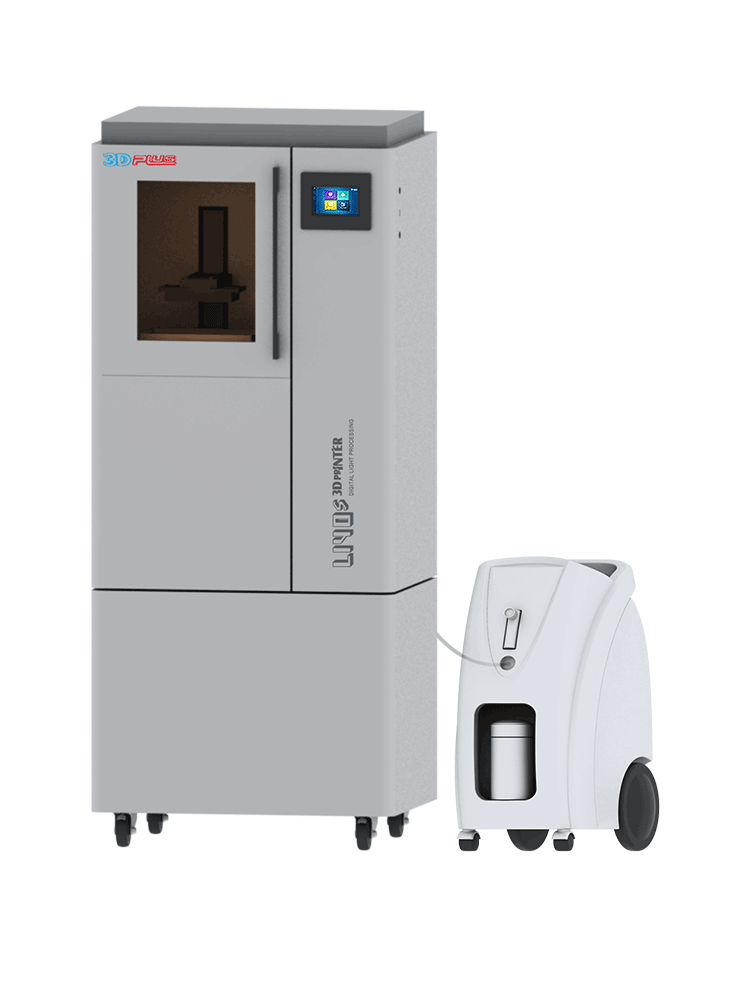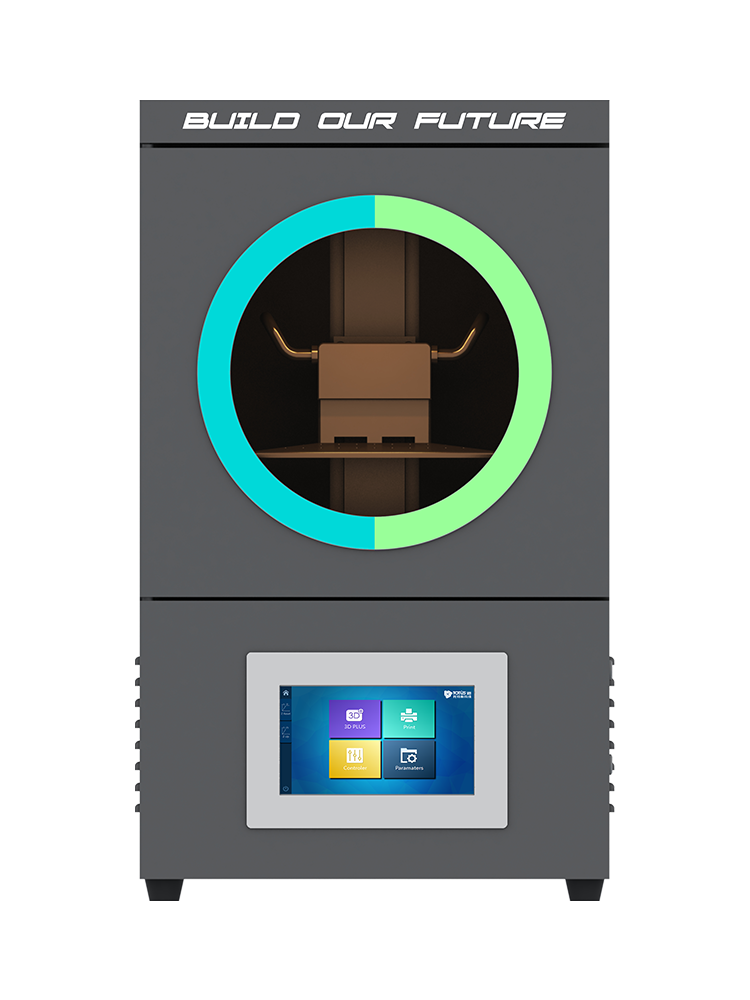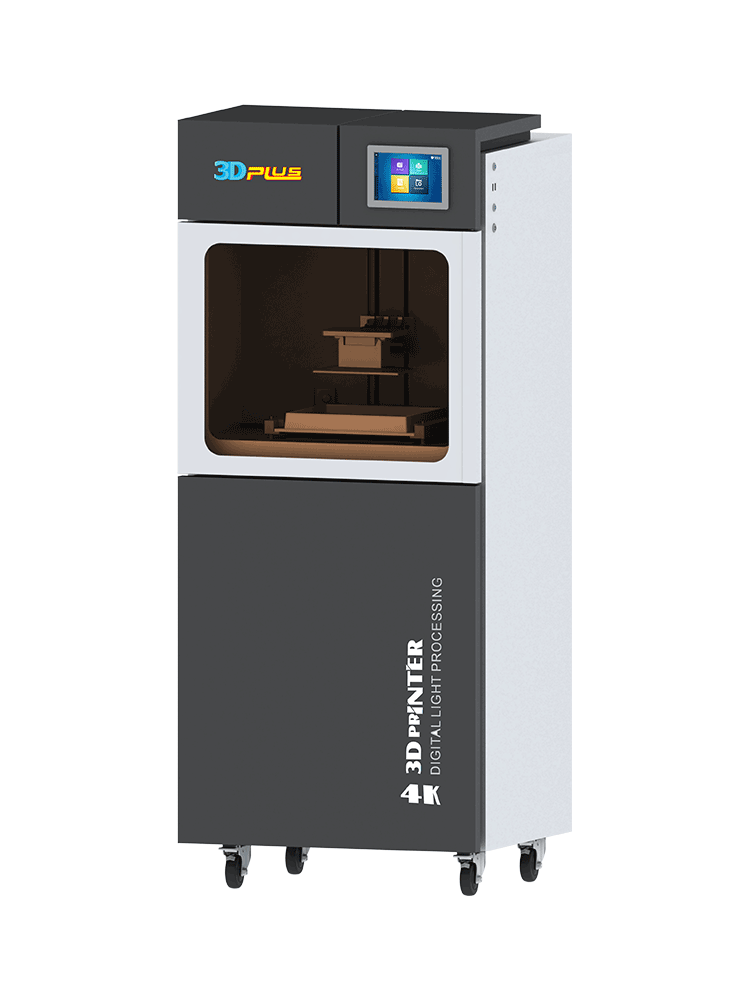NEWS EVENTS
China Central Inspection Institute: Breaking Chen Lixin to promote development, 3D printing medical device technology
2022-06-08
As a member of China Medical Device 3D Printing Industry Association, Jiangsu Totes Technology Co., Ltd., this article is very inspiring to the research and development of medical 3D printing.
In recent years, the technology and application of 3D printing medical devices has become a hot topic in the industry, and many companies have also spent huge sums of money to develop new technologies and products. Recently, the official website of China National Institute for Food and Drug Control (hereinafter referred to as CIQ) issued a notice to publicly solicit opinions on the industry standard "Medical Ti-6Al-4V Powder for Additive Manufacturing". The project was proposed by the State Drug Administration, the Central Inspection Institute is the focal point, and the standard drafting units are Beijing Aikang Yicheng Medical Equipment Co., Ltd. and the Central Inspection Institute. It is reported that Ti-6Al-4V powder manufactured by medical augmentation materials is the raw material for 3D printing titanium alloy implants, and its standard is designed to provide powder characteristics evaluation and quality control for medical powder raw material suppliers, medical device manufacturers and regulatory authorities, etc. It provides guidance for the quality management of relevant enterprises, and also provides technical support for the regulatory authorities to formulate relevant regulations and policies.
"3D printing medical device products has many advantages such as saving resources and realizing customization, but the risks of related products are also highlighted. Faced with the lack of evaluation technology at this stage, the Medical Device Inspection Institute will actively carry out the construction of medical 3D printing technology standard system. The work and standard pre-research work will continue to promote the progress and development of the industry." said Yang Zhaopeng, director of the Medical Device Inspection Institute of the China National Inspection and Quarantine Institute.
Good news: 3D printing medical equipment welcomes good news
In 2014, 3D printed medical devices were listed as one of the development priorities of the "National Additive Manufacturing Industry Development Promotion Plan (2014-2016)". During the National People's Congress in 2015, Liu Zhongjun, deputy to the National People's Congress, director of the Orthopedics Department of Peking University Third Hospital, and director of the Institute of Spine Surgery, proposed the establishment of a proposal to speed up the approval and application of 3D printing medical technology innovation products.
At the end of February this year, the Medical Device Technology Review Center announced the "Guidelines for Technical Review of Custom Additive Manufacturing Medical Device Registration" (draft for comments), which put the clinical application and market circulation of domestic 3D printed medical devices on the agenda. 3D printing And the medical device industry ushered in a major positive.
"The raw materials of 3D printing medical devices are powder and liquid, and printing the product directly can save a lot of resources. In addition, the product can be customized and personalized. For example, the tumor shape of each bone tumor patient is different, after the bone tissue is removed , the shape of the defect is also different, and 3D printing can be customized according to the patient's condition." Yang Zhaopeng pointed out that the product printed by 3D has a precise internal structure, which is helpful for the overall recovery of the patient; and the traditional casting method is very difficult. difficult to achieve.
Han Qianqian, an associate researcher of the institute in charge of the revision of medical additive manufacturing standards, said that my country attaches great importance to the development of the 3D printing medical device industry. The current 3D printing technology can be applied to the manufacture of surgical drill models, personalized orthopedic implanted medical devices, tissue engineering scaffolds and other products. Among them, tissue engineering scaffold printing combined with cell printing brings hope for the fabrication of complex tissue-organ structures in the field of regenerative medicine. In recent years, the Central Inspection Institute has been exposed to some 3D printed medical device products in the inspection work.
Liu Qing, an expert of the National Thousand Talents Program and chairman of Beijing Amet Medical Devices Co., Ltd., said that at present, the competition in the 3D printing market has been very fierce, especially in the field of medical devices, many companies are accelerating the development of related products in order to seize the market. .
It is reported that in 2015, the 3D printed acetabular cup designed and developed by Peking University Third Hospital for hip replacement was approved for registration by the former State Food and Drug Administration, and has been used in thousands of cases in China so far.
Status quo: Appropriate evaluation technology needs to be built urgently
The rapid development of 3D printing medical device technology has brought new hope to patients. But how will the safety and efficacy of its products be evaluated? Can the existing inspection methods fully detect its safety and effectiveness to ensure the safety of users?
On February 1, 2018, on the basis of previous scientific research, inspection and related standardization work, the China Inspection and Quarantine Institute put forward an application to become the national standardization unit of medical additive manufacturing technology, in order to carry out standard pre-research on medical additive manufacturing technology and collect standards. Suggestions for project initiation, providing constructive opinions for national regulatory authorities to establish relevant regulations suitable for the supervision of 3D printing technology; assessing the risks related to the application of medical additive manufacturing technology, and providing technical support for formulating regulatory guidelines such as special risk analysis and risk control; Establish basic general standards, special standards, testing and evaluation methods and other relevant standards in this technical professional field. Through the promotion of standardization work, strengthen the supervision of the medical additive manufacturing industry and promote the healthy development of the industry.
In May, the State Drug Administration agreed to the China Inspection and Quarantine Institute to establish a national standardization unit for medical additive manufacturing technology.
"Inspection technology needs to be constantly updated with the emergence of new products and new technologies, so that more accurate evaluations can be made. Whether the current technology can evaluate the safety and effectiveness of new products is also a problem that everyone thinks needs to be studied. Therefore, we need to establish a more suitable detection method in the process of research." Han Qianqian believes.
"Not only do we need to establish more suitable testing methods, but we must also control the entire chain of 3D printed products and establish relevant standards." Yang Zhaopeng also believes that the current testing methods are mostly based on physical, chemical, biocompatibility and other performance evaluations of finished products. However, for 3D printed products, from raw materials, software design, modeling, to medical-industrial interactions in hospitals and factories, and powder residue treatment of initial products, the entire process is related to the safety and effectiveness of the final product. . "Especially for customized products, every step must be done 100% to ensure that the products are suitable for patients."
"During the inspection process, we deeply realized the importance of standardization work for inspection. During the inspection process, we strengthened communication with enterprises, studied the characteristics of products, and jointly studied and confirmed the applicability of relevant standards and inspection methods with enterprises. On this basis, a more appropriate evaluation system is gradually formed, and relevant standards are formulated to standardize and promote the development of the additive manufacturing medical device industry." Han Qianqian said.
In this regard, Yang Zhaopeng also said that whether the evaluation and inspection method system is perfect is crucial to ensuring the safety and effectiveness of the product. When the evaluation method system is mature, it can move towards standardization so that enterprises can master it and use it for self-inspection.
Start: Two industry standard drafts are in the early stage
The China Central Inspection Institute attaches great importance to the new technology of 3D printing. In 2015, there was a project of "Quality Control and Vascular Endothelization Research of 3D Printing Vascular Scaffolding" in its discipline leader fund. Subsequently, the CCIC quickly carried out research on the 3D printed vascular stent products developed by Beijing Amet Medical Equipment Co., Ltd.
"In the product development stage, the medical device inspection institute has already intervened, which saved us a lot of detours and made communication very smooth. Now that the product is about to enter the clinical stage, Amet will continue to cooperate with the medical device inspection institute to increase research and development. According to Liu Qing, they successfully obtained the product registration inspection report in 2016.
Han Qianqian said that in the process of evaluating this product, the Medical Device Inspection Institute conducted in-depth research on relevant standardized evaluation methods, established an evaluation model for endothelialization of degradable vascular stent materials, and applied for a patent. Equations for the correlation between in vivo and in vitro degradation of vascular stent materials. In the face of innovative products, inspectors must have the initiative of research and innovation, so that scientific research and inspection can go hand in hand.
It is reported that the CCIC has initially established a technical standard system framework for medical additive manufacturing. Due to the lack of relevant evaluation technology at this stage, CCIC has undertaken the “13th Five-Year Plan” key research and development plan subject of the Ministry of Science and Technology “3D Printing Medical Device Inspection and Evaluation Technology Research”. Based on the previous standardization research, the China Inspection and Quarantine Institute has formed two draft industry standards, namely "Medical Ti-6Al4V Powder for Additive Manufacturing" (requirements for powders for 3D printing medical devices) and "3D printing titanium alloy implants". "Evaluation Method for Precipitation of Metal Ions", the two standards will be submitted for approval by the end of 2018.
Yang Zhaopeng said that both the European Union and the United States are actively setting up special research programs to promote the application of 3D technology and the construction of relevant standards and regulations, and my country has also begun to explore. The China Inspection Institute will carry out relevant research work according to the needs of medical device supervision and industry quality control. It is hoped that through the advancement of standardization work, the supervision of the medical additive manufacturing industry will be effectively strengthened and the industry will develop healthily.
Keywords:
Related News


F2 Building 6A Jintong National Industrial Park No.8 Xihu Road Wujin District Changzhou City Jiangsu Province China
Follow Us
Copyright © 2022 Jiangsu Totustec. All Rights Reserved. 苏ICP备17013684号-1 Powered by:www.300.cn SEO

Online Message

















 Message
Message  cn@totustec.com
cn@totustec.com +86 18112582262
+86 18112582262

